As we learned from the most recent installment of Fey Fridays, the Halloween we know and love today originated back amongst the Celtics, in areas encompassing modern-day Ireland, the United Kingdom, and northern France. Originally, this society saw November 1st to be the first day of the new year, and therefore, would harvest all of their crops leading up during the month prior.
October 31st became the day known for the revival of long-dead spirits, also called Samhain, where the spirits of family, friends, as well as others who might’ve been less than welcome — including evil entities, demons, and more — would find themselves winding back across the veil into the land of the living, either to visit still-living relatives, or to wreak havoc.
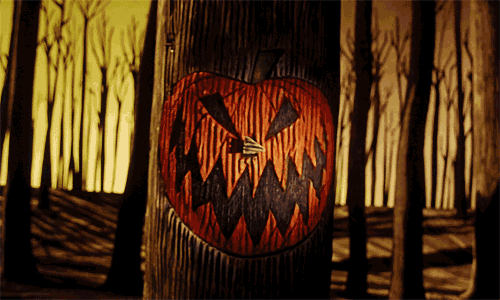
Because of this, and fearing for the successful harvest of their crops, the people would don masks and costumes in an attempt to scare away those who wished to do them and their livelihoods harm — and from this, we find roots to our modern-day traditions of dressing up in costumes to disguise ourselves.
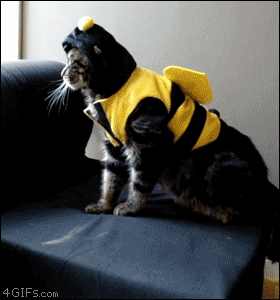
Not only were unwelcome spirits expected to show up, but the celebration of Samhain extended into other magical realms of practice. According to History.com:
In addition to causing trouble and damaging crops, Celts thought that the presence of the otherworldly spirits made it easier for the Druids, or Celtic priests, to make predictions about the future.
To commemorate the event, Druids built huge sacred bonfires, where the people gathered to burn crops and animals as sacrifices to the Celtic deities. During the celebration, the Celts wore costumes, typically consisting of animal heads and skins, and attempted to tell each other’s fortunes. When the celebration was over, they re-lit their hearth fires, which they had extinguished earlier that evening, from the sacred bonfire to help protect them during the coming winter.
By 43 AD, the Romans had come in and conquered the Celtic settlements, and from that, the annual festival of Samhain began to meld with other Roman holidays. Some of these included Feralia, a day in October when Romans would honor the dead, and Pomona, a day to celebrate the goddess of fruit and trees. Because of Pomona’s common symbol being that of the apple, it’s speculated that this is where the age-old game of “bobbing for apples” originated from.
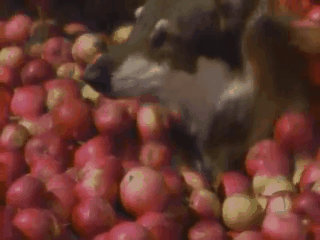
To quote ThoughtCo. about the goddess:
Pomona was a Roman goddess who was the keeper of orchards and fruit trees. Unlike many other agricultural deities, Pomona is not associated with the harvest itself, but with the flourishing of fruit trees. She is usually portrayed bearing a cornucopia or a tray of blossoming fruit. She doesn’t appear to have had any Greek counterpart at all, and is uniquely Roman.
As Christianity soon spread its reach further across Europe, it too began to make changes to those festivals already in place. History.com continues to describe it:
All Souls Day was celebrated similarly to Samhain, with big bonfires, parades, and dressing up in costumes as saints, angels and devils. The All Saints Day celebration was also called All-hallows or All-hallowmas (from Middle English Alholowmesse meaning All Saints’ Day) and the night before it, the traditional night of Samhain in the Celtic religion, began to be called All-hallows Eve and, eventually, Halloween.
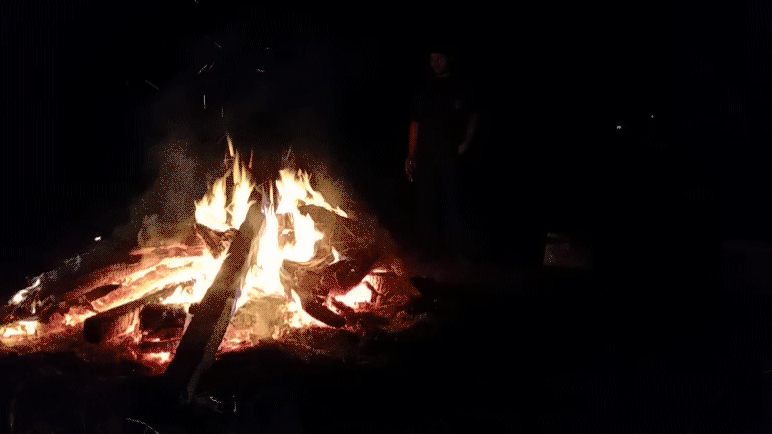
And so, gradually, this All-hallows Eve slowly transformed into the Halloween we love today, from the costumes and candy, to small-town festivals and carnivals for kids and adults alike.
In places like Texas, California, Arizona, and others with heavy Latinx influences, the holiday has grown to include even more subcultures as well, particularly Mexico’s Day of the Dead, which begins on October 31st and ends November 2nd. The website Mexican Sugar Skull explains what makes Día de los Muertos so important in Mexican culture:
They believe that the gates of heaven are opened at midnight on October 31, and the spirits of all deceased children (angelitos) are allowed to reunite with their families for 24 hours. On November 2, the spirits of the adults come down to enjoy the festivities that are prepared for them.
On the afternoon of Nov. 2, the festivities are taken to the cemetery. People clean tombs, play cards, listen to the village band and reminisce about their loved ones. Tradition keeps the village close. Day of the Dead is becoming very popular in the U.S. ~ perhaps because we don’t have a way to celebrate and honor our dead, or maybe it’s because of our fascination with it’s mysticism.
Cities like San Antonio, Texas, with so much Mexican influence, are known for their Day of the Dead celebrations, from parades, to festivals, and more.
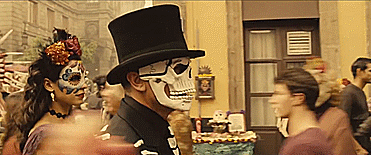
With so many celebrations occurring around the same time of year, in the same month, on the same day, despite these ancient cultures having little to no contact with one another in early human civilization — one has to wonder, what is it really about the month of October that makes the dead so interested in returning to the mortal realm?
What is it about October’s thinning of the veil that inspires so many cultures around the globe to organize their festivities around the same time of year, for seemingly the same purposes? Do you think it’s only coincidence, or something else?
Happy Halloween!
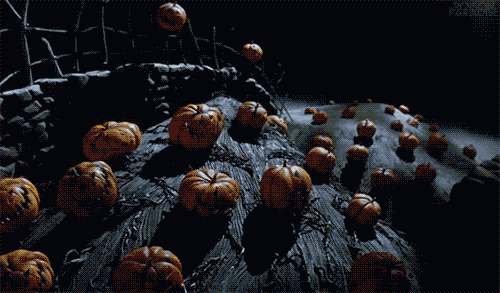
Kelsey graduated from Boise State University with a BA in Visual Arts, and is currently working as a freelance writer, while doodling anime on the side with one hand and petting cats with the other.

Kelsey, as always, “BRAVO!” Love the Gifs you found to use again and the info? You’re a Halloween research queen!